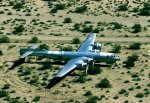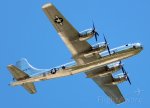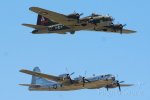Well stated, Sir.
I was part of the Engineering Team (on the US side) of Mitsubishi Aircraft International (MAI) when we first built and certified the MU-30 "Diamond Jet" (now better known as the Beechjet or USAF T-1A "Jayhawk"). It was the first jet certified under the newer tougher standards following that big L-1011 crash in the 1970's. We jumped through many hurdles that were erected AFTER the initial design work was done and the first two prototypes were built.
Before airworthiness was declared and certified, if we moved the location of a SINGLE RIVET or spliced into a SINGLE WIRE then an FAA Designated Engineer had to sign off on the alteration.... and that was after the Draftsman put his LEGAL SIGNATURE on the drawing, another Draftsman check his work and SIGNED it, then an appropriately disciplined and designated company ENGINEER added his LEGAL SIGNATURE to the drawing or change order. THEN Production Control, Scheduling, Quality Assurance, Procurement and G.O.D. (General Operations Director) all affixed their "seal of approval" before a technician could actually drill the new hole for the rivet or connected that one wire.
NO DETAIL went without scrutiny.
...and all that was with a brand new aircraft being built.
I can only imagine what it is like to deconstruct an airframe to accomplish component level inspections.









